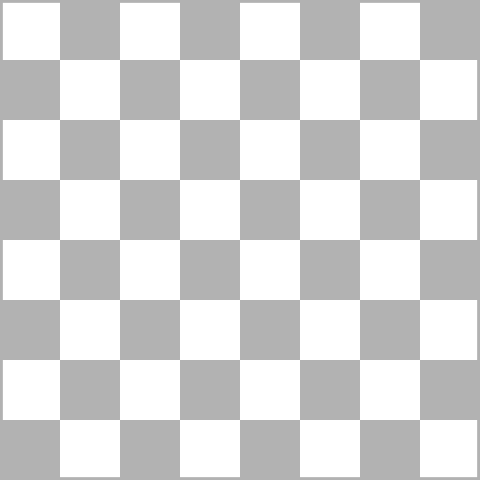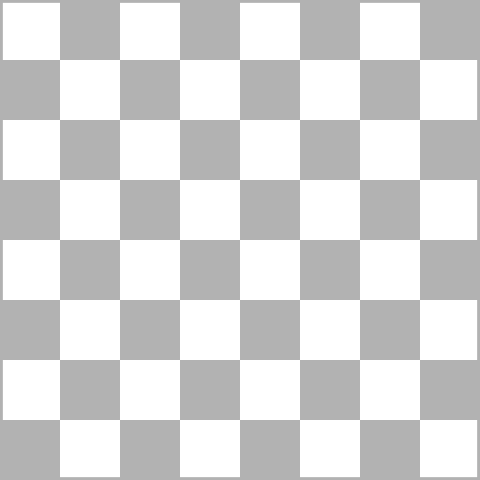Problem set 8
Due by 11:59 PM on Saturday, November 9, 2019
Submit this as a PDF on iCollege. You can use whatever you want to make your drawings, including Gravit Designer, Adobe Illustrator, Excel, PowerPoint, Microsoft Paint, or photographed/scanned pen and paper.
Cite your sources and show your work.
1
To what degree is radio broadcasting a public good? To what degree is a highway a public good? Under what conditions might these two goods be purely private or purely public? Answer in ≈30 words.
2
In what sense is K–12 education a public good? How should your answer to this question affect the nature of government involvement in education? Answer in ≈30 words.
3
When the state of Virginia imposed stricter regulations on air pollution in 2003, it also authorized an auction of pollution permits, allowing some plants to emit larger amounts of CO2 than would otherwise be allowed, and some to emit less. Economic theory predicts that this action led to a socially efficient allocation of pollution. Describe how this outcome could occur. Answer in ≈50 words.
4
If at least 10 students in the class complete this question, the entire class will get 10 extra credit points.For real.
If fewer than 10 students do this, nobody will get extra credit.
Get a pencil and a sheet of paper. Write the following sentence, 30 times, by hand:
I am willingly contributing to the production of this public good, even though I know that I will benefit even if I don’t participate.
Take a picture of this and upload it with the rest of your assignment. It must be your own handwriting. If you work on this problem set in a group, each person must upload a picture of their own sheet of paper.
5
In “The Problem of Social Cost” Coase claims that clear assignment of property rights can solve externality problems.
- Why does Coase argue that from a social perspective it should not matter whether the polluter pays for pollution or whether those affected by pollution pay the polluter not to pollute? Answer in ≈30 words.
- Under what conditions does the Coase Theorem hold? When might we expect it not provide useful guidance for policy design? Why? Answer in ≈30 words.
6
Thailand and Cambodia produce rice and trucks at constant rates of product transformation (their possibility frontiers are straight lines—they don’t make more or less of the product depending on how much they’re currently making). In one year, Thailand could produce 1,500 tons of rice and no trucks, 500 boatloads of trucks and no rice, or any combination in between. Cambodia can produce 1,000 tons of rice or 200 boatloads of trucks, or somewhere in between. Answer the following:
- Draw the production possibility frontier for each country, labeling each curve and known points.
- Thailand can produce more of both projects than Cambodia. Can Thailand gain anything by trading with Cambodia? Explain in ≈30 words.
- If the answer to #2 is yes, which ratios of trucks to rice create advantages from trade? Which ratios of trucks to rice create disadvantages from trade?
7
Get a checkerboard, 22 pennies, and 22 dimes (or 22 of something other than pennies). Randomly place the pennies and times on the squares on the board. Do not use the four corner squares.
Draw the resulting pattern (use colors for the coin types, or symbols like • for pennies and # for dimes, or whatever):

Now pretend that each penny wants to live in a “neighborhood” (the nine squares of which they are the center) that has at least as many pennies as dimes. Start at one corner of the board and look at the first penny. Determine the makeup of its neighbors. If there are too many dimes around the penny, move the penny to the closest acceptable square. Move on to the next penny and check its neighborhood, moving it to a new area if necessary. Do this for all the pennies and then all the dimes.
Draw the resulting pattern:

What does this example have to do with…
- Residential segregation? (≈40 words)
- Pollution? (≈40 words)
8
Construct a table like the one in Figure 11.14 in ESPP to analyze the possible market failures associated with the decisions below. In each case, identify which markets or contracts are missing or incomplete.
- You inoculate your child with a costly vaccination against an infectious disease.
- You use money that you borrow from the bank to invest in a highly risky project.
- A fishing fleet moves from the overfished coastal waters of its own country to international waters.
- A city airport increases its number of passenger flights by allowing nighttime departures.
- You contribute to a Wikipedia page.
- A government invests in research in nuclear fusion.
| Decision | How it affects others | Cost or benefit | Market failure (misallocation of resources) | Possible remedies | Terms applied to this type of market failure |
|---|---|---|---|---|---|
| Vaccination | — | — | — | — | — |
9
Using a nationwide survey, economists have found that the demand for refrigerators is
\[ P = 1500 - 0.75Q \]
Based on the internal costs of appliance manufacturers, economists have found that the marginal private cost of producing refrigerators is
\[ P = 550 + 0.5Q \]
A key component of the refrigerator production process is chlorofluorocarbon (CFC), which helps with refrigeration. CFCs cause environmental damage, though, and economists have estimated that each refrigerator prodcued causes social environmental damage of \(0.4Q\).Super big hint: this will need to be added to the marginal private cost, so you should end up with \(P = 550 + 0.9Q\) for your marginal social cost.
- What is the unregulated market output and market price given the supply and demand?
- How many refrigerators should be produced to achieve the socially optimal level? What should the market price be for this level of output?
- How much total damage to society does this overproduction of refrigerators cause?Hint: think about deadweight loss.
- One way to achieve the socially optimal level is for the government to impose a Pigouvian tax on the producers. How big of a tax should the government impose?